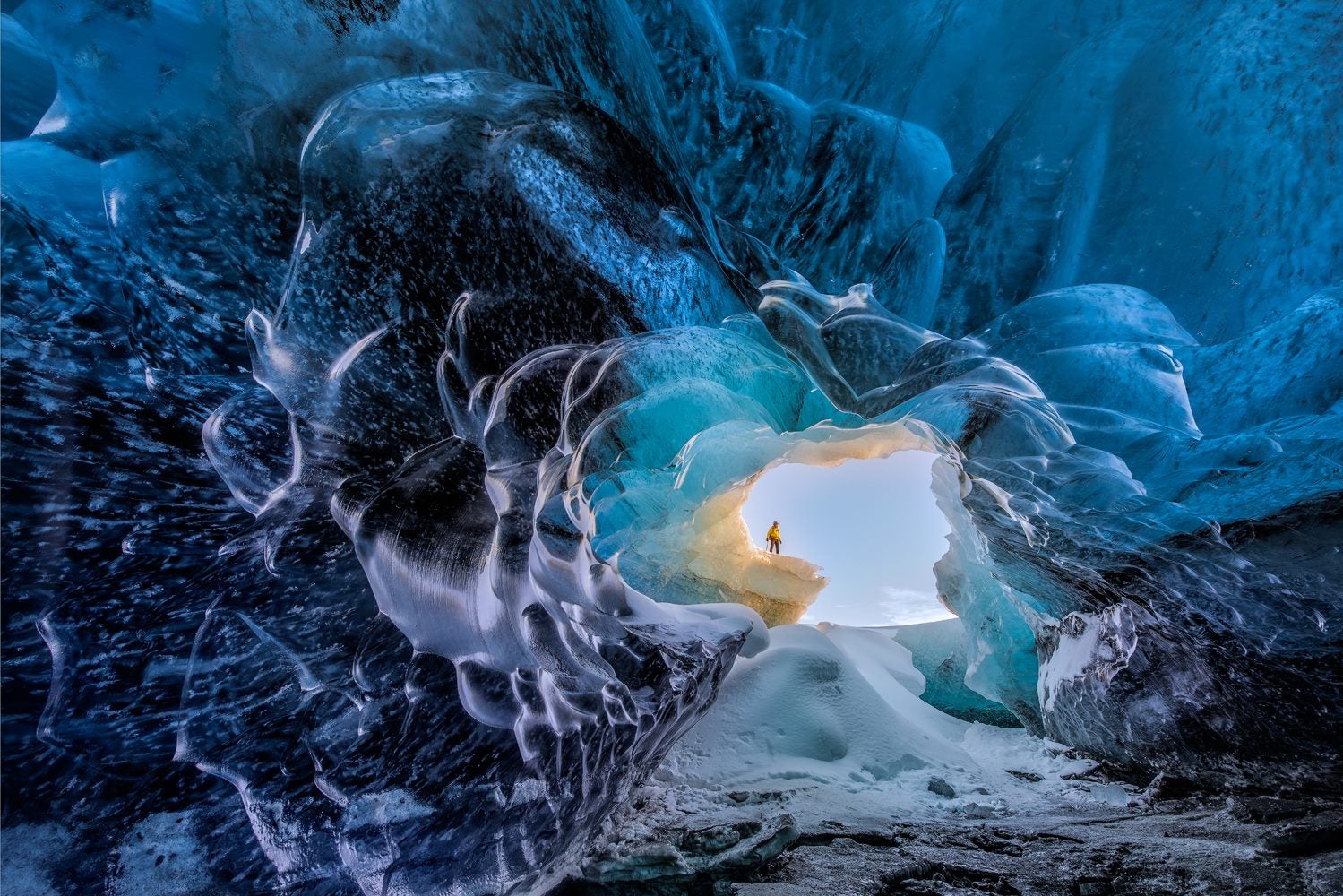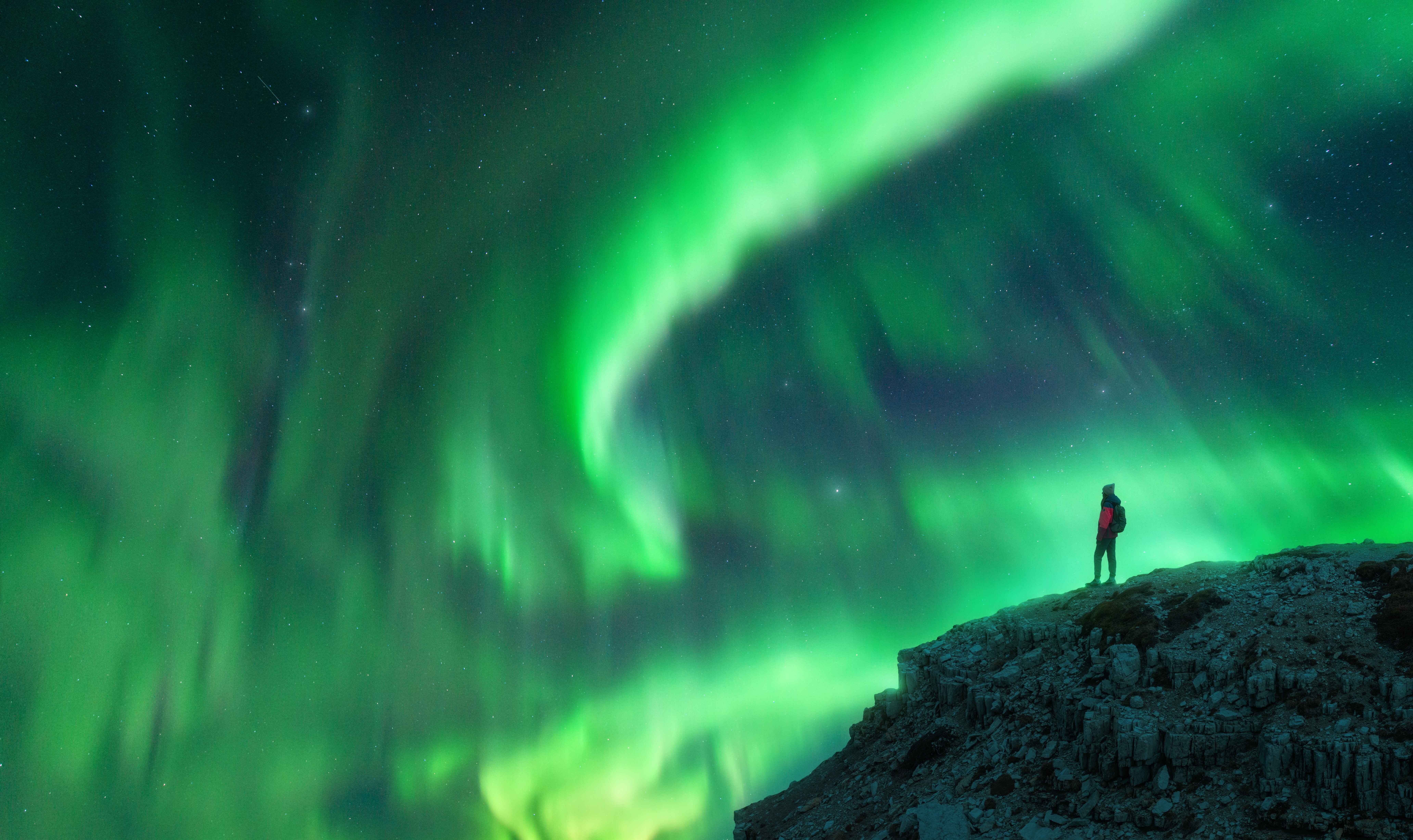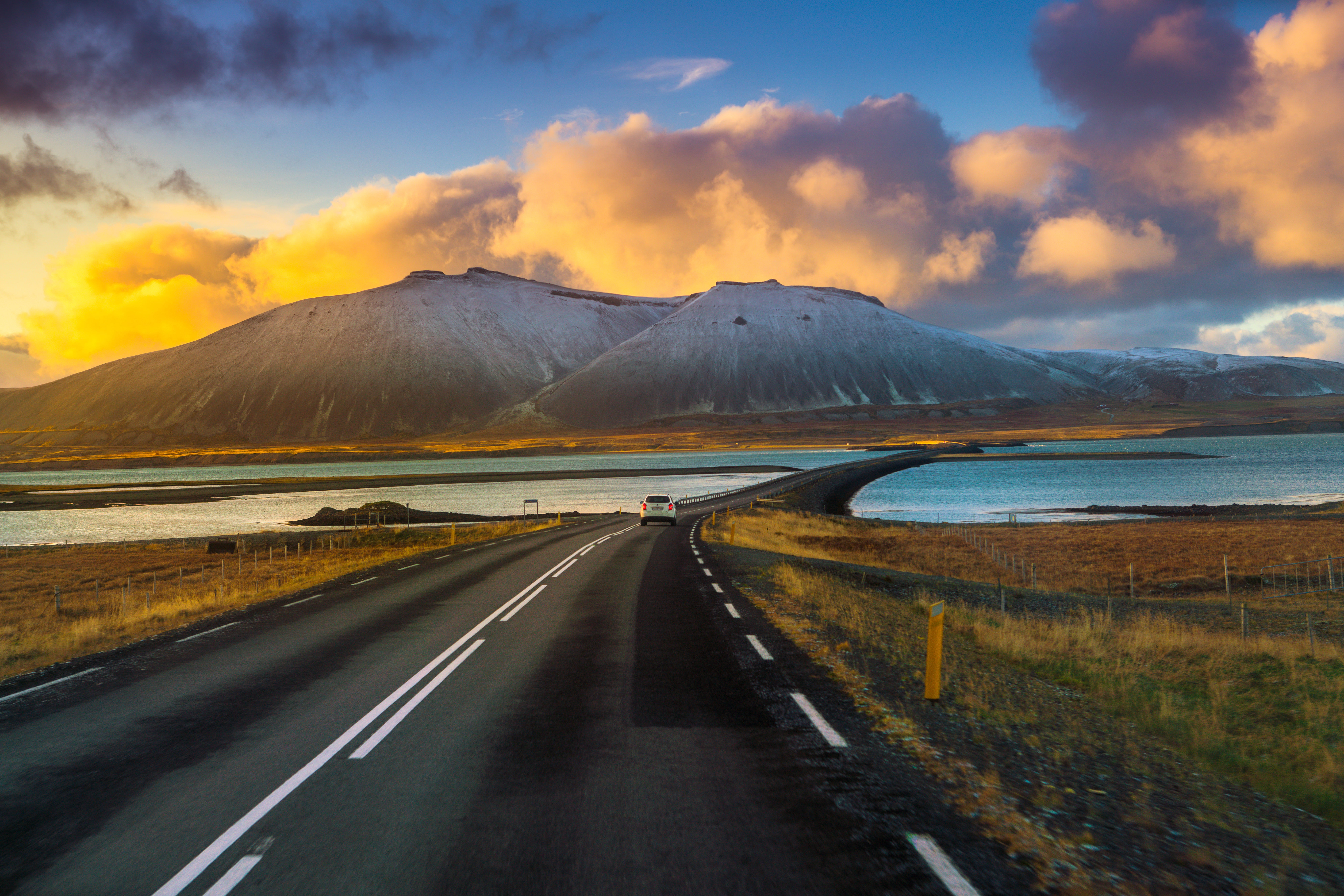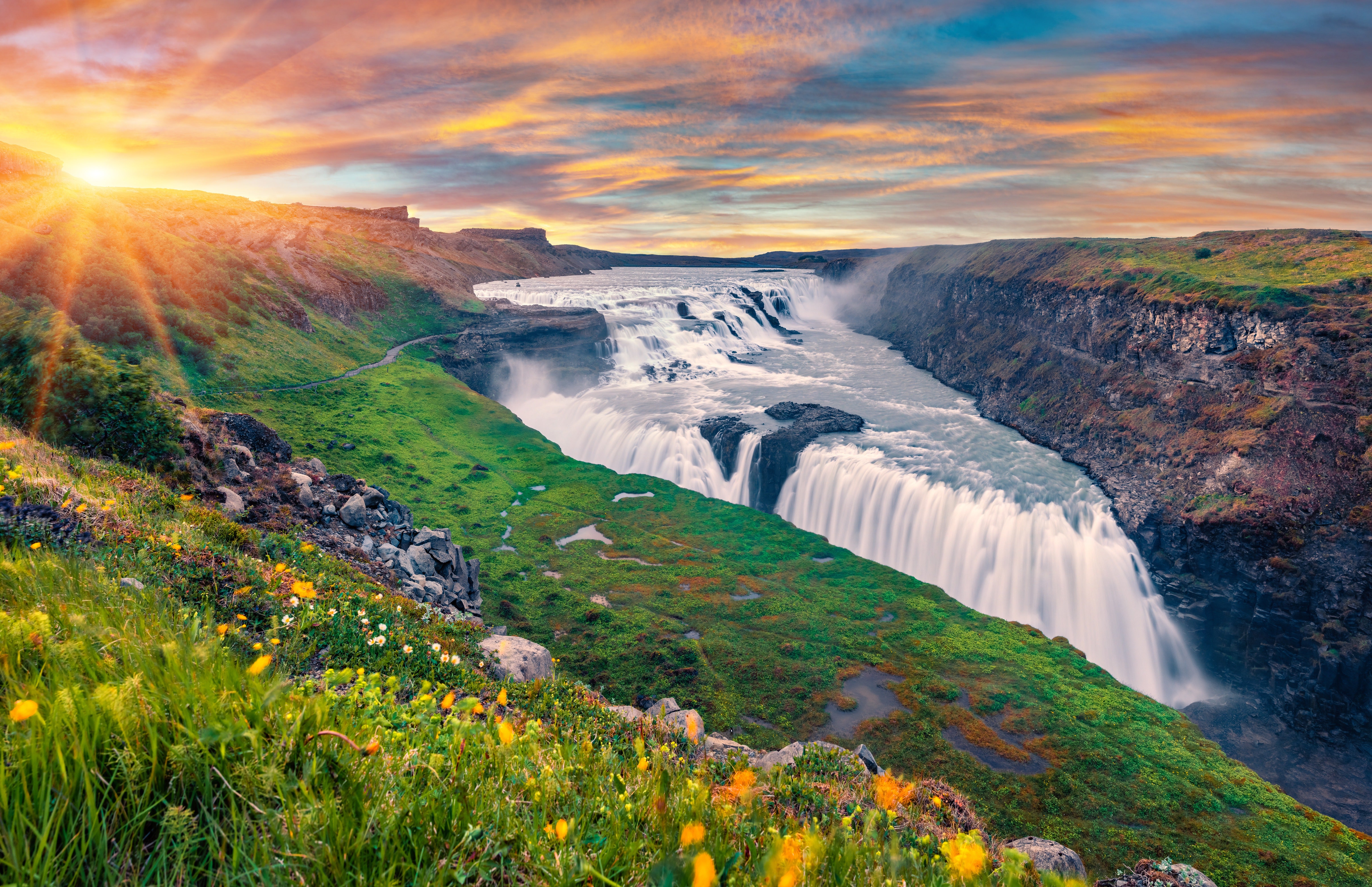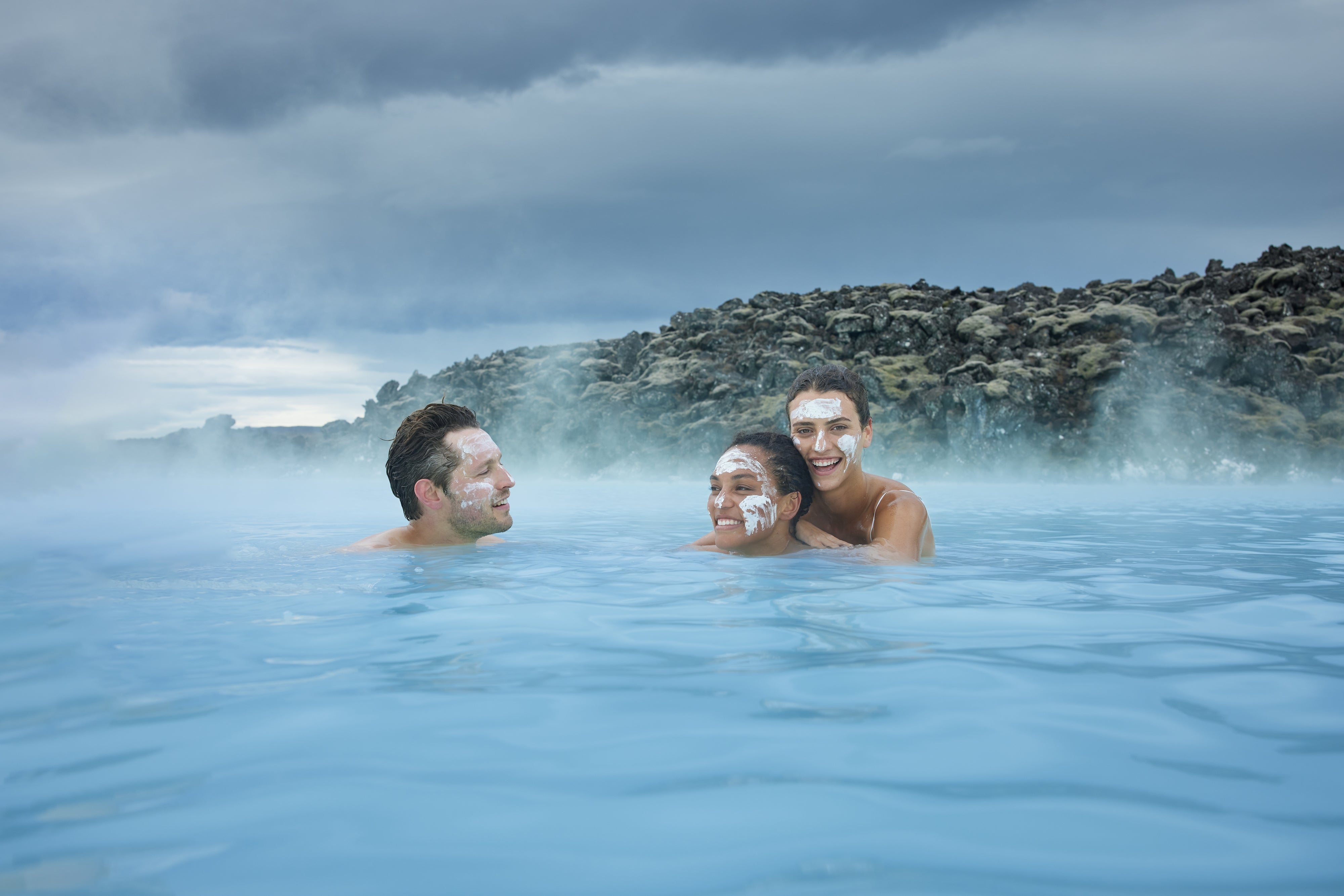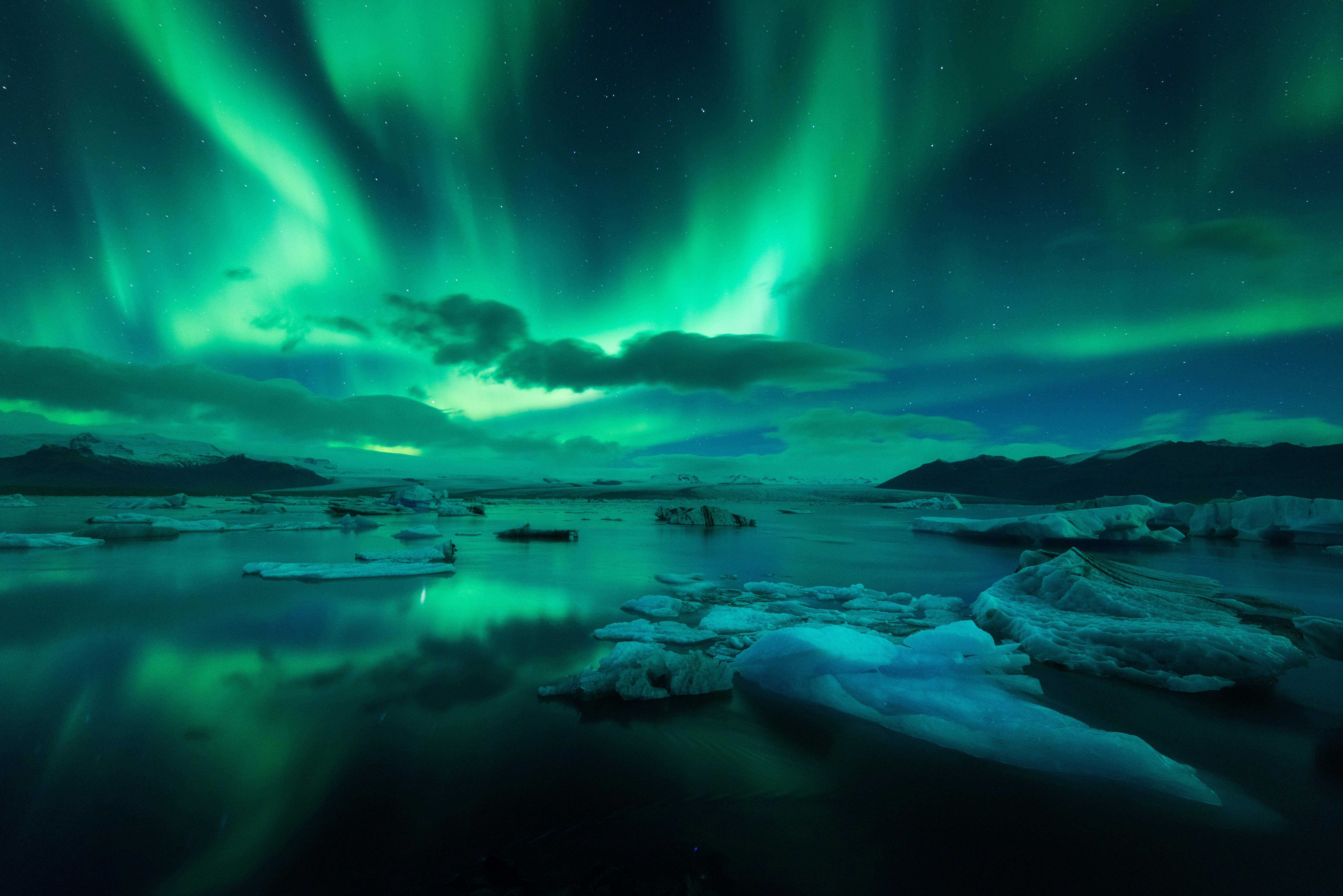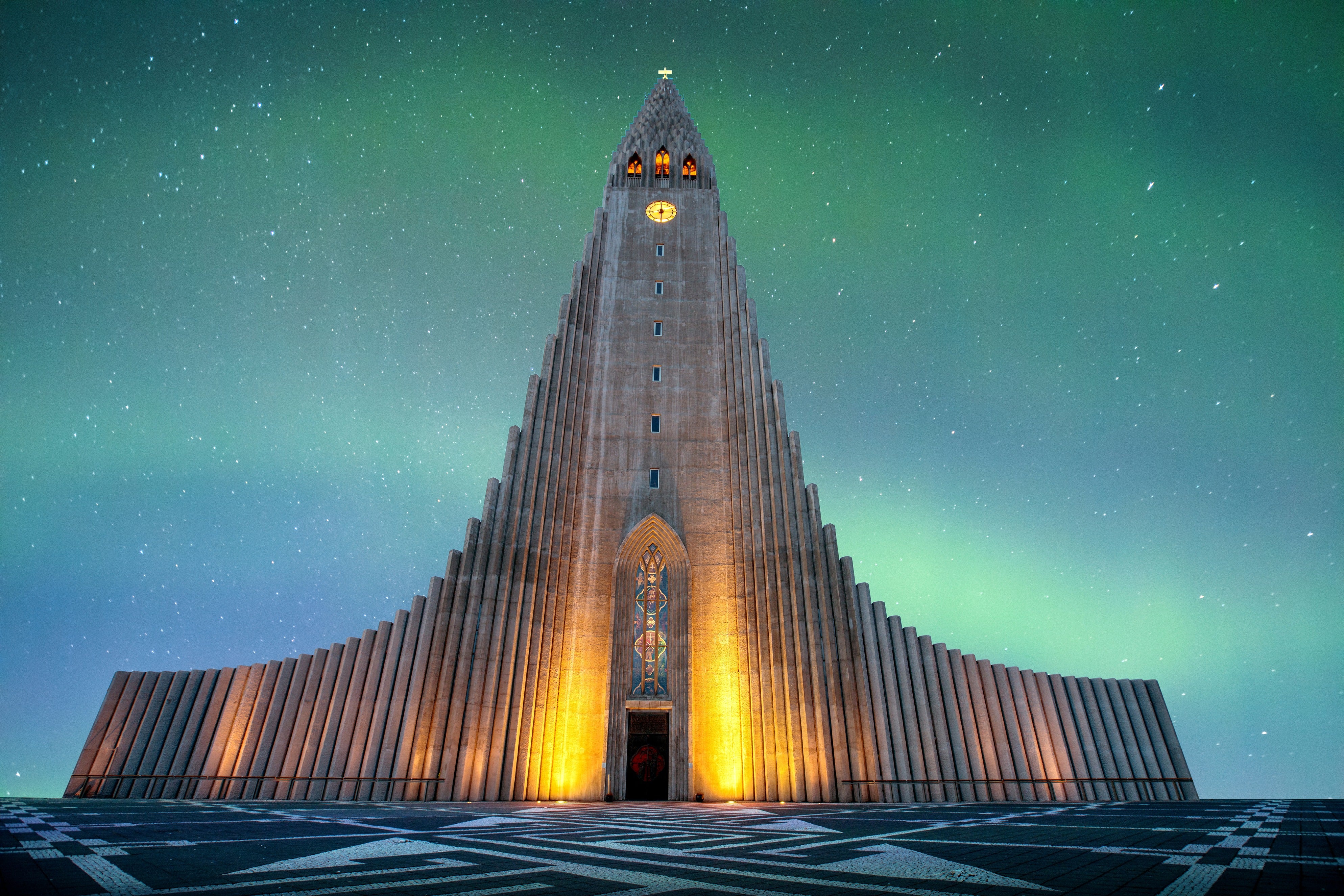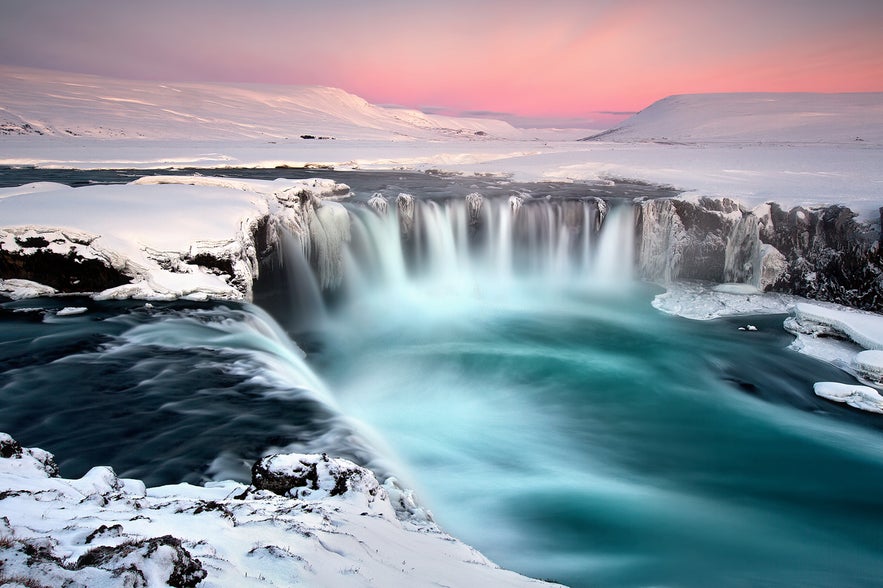
Годафосс – зрелищный водопад на северо-востоке Исландии. Его мистическая красота усиливается его историей, связанной с религией страны.
Название «Годафосс» означает «водопад богов», и это одна из самых интересных природных и одновременно исторических достопримечательностей Исландии. Он находится на северо-востоке страны и стоит на реке Скьяульвандафльоут, четвертой по длине реке Исландии. Потоки воды обрушиваются в живописный пруд с полукруглого уступа примерно 30 метров в ширину и 12 метров в высоту.
Почему вы можете доверять нашему контенту
Guide to Iceland — самая надёжная туристическая платформа в Исландии, которой ежегодно пользуются миллионы путешественников. Весь наш контент пишется и проверяется местными экспертами, отлично знающими страну. С нами вы всегда получаете точные, актуальные и заслуживающие доверия советы для своего путешествия.
До Годафосса легко добраться, если арендовать автомобиль в Акюрейри, но также к нему ходят экскурсии, например тур из Акюрейри с посещением спа-комплекса Myvatn Nature Baths. Водопад входит и во многие другие туры и автотуры, например 10-дневный летний пакет.
История водопада Годафосс
Название Годафосс означает либо «водопад богов», либо «водопад годи», где «годи» означает священника или вождя. По одной из версий, в этом названии отражено важное событие в истории Исландии.
Когда Исландия только начала заселяться, в IX и X веках н. э., подавляющее большинство поселенцев (если не считать рабов) были норвежцами, исповедовавшими древнескандинавскую религию, в центре которой были боги Тор, Один, Локи и Фригг. Но в 930 г. н. э., когда возникло Исландское свободное государство, европейские страны принялись давить на Исландию с целью ее христианизации.
К 1000 году над страной довлела реальная угроза норвежского нашествия в случае, если исландцы не откажутся от своих языческих корней. Этот вопрос обсуждался в долине Тингведлир, где тогда раз в год проходило народное собрание. Тогдашний законоговоритель и священник (годи) богини Асатру Торгейр Льосветнингагоди должен был принять какое-то решение.
Согласно источникам, Торгейр целый день и ночь лежал под шерстяным одеялом, ни с кем не разговаривал и только молился своим языческим богам о мудрости. Затем он вышел к народу и заявил, что ради народного блага необходимо принять христианство как официальную религию, но язычники могут практиковать свои обряды в частном порядке.
После этого он отправился к себе домой в северную Исландию и выбросил идолы своих богов в красивый водопад, который позже стал известен как Годафосс. Это историческое событие запечатлено на фреске церкви Акюрейракиркья.
Чем заняться в окрестностях водопада Годафосс
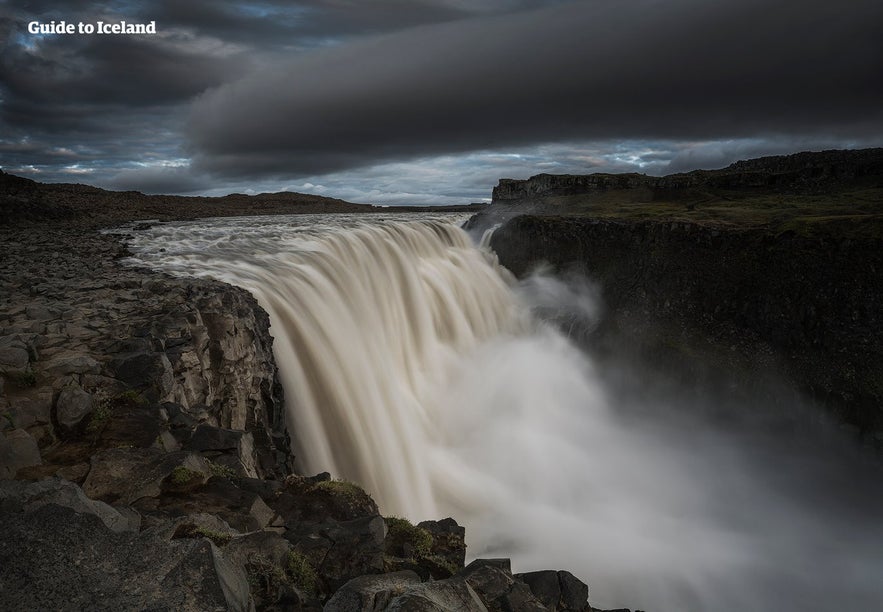 Годафосс находится на севере Исландии у Кольцевой дороги, которая проходит через всю страну по кругу. Водопад входит в экскурсионный маршрут Бриллиантовое кольцо, на котором также расположены озеро Миватн, водопад Деттифосс, каньон Аусбирги и город Хусавик.
Годафосс находится на севере Исландии у Кольцевой дороги, которая проходит через всю страну по кругу. Водопад входит в экскурсионный маршрут Бриллиантовое кольцо, на котором также расположены озеро Миватн, водопад Деттифосс, каньон Аусбирги и город Хусавик.
Миватн – это красивое озеро, на котором обитает множество птиц, а вокруг – изумительные пейзажи, лавовые «крепости», геотермальные зоны, кратеры и базальтовые столбы. Деттифосс – это еще один водопад. Он не настолько исторический, как Годафосс, но гораздо более мощный. Это второй по мощности водопад Европы!
А вот каньон Аусбирги тоже связан с древнескандинавской мифологией. Его идеальная форма, напоминающая подкову лошади, в мифологии объясняется тем, что в этом месте восьминогий конь бога Одина ударил копытом по земле. А последняя точка на маршруте Бриллиантового кольца – Хусавик, лучшее место в Исландии, чтобы увидеть китов.
Размещение в районе Годафосса

Фото: Berjaya Hotel Akureyri
Кроме Бриллиантового кольца, до Годафосса можно доехать за 45 минут, если двигаться на восток от «северной столицы» страны – Акюрейри. Это крупнейший населенный пункт за пределами Большого Рейкьявика, и здесь удобно останавливаться тем туристам, которые перемещаются по Кольцевой дороге. Если вы хотите остановиться неподалеку от Годафосса, размещение в Акюрейри – вот решение проблемы.
Отличным вариантом будет Berjaya Hotel Akureyri прямо в центре Акюрейри. Этот современный отель, из окон которого открывается очаровательный городской пейзаж, подойдет для всех, кто хочет остановиться где-то в северной Исландии.
Еще один вариант – Skjaldarvik Guesthouse. Это гостевой дом всего в 5 минутах езды от Акюрейри. Из его окон открывается роскошный загородный пейзаж, при этом номера не уступают по комфортабельности отелю. Если вам повезет, вы даже сможете увидеть северное сияние, принимая горячую ванну!


